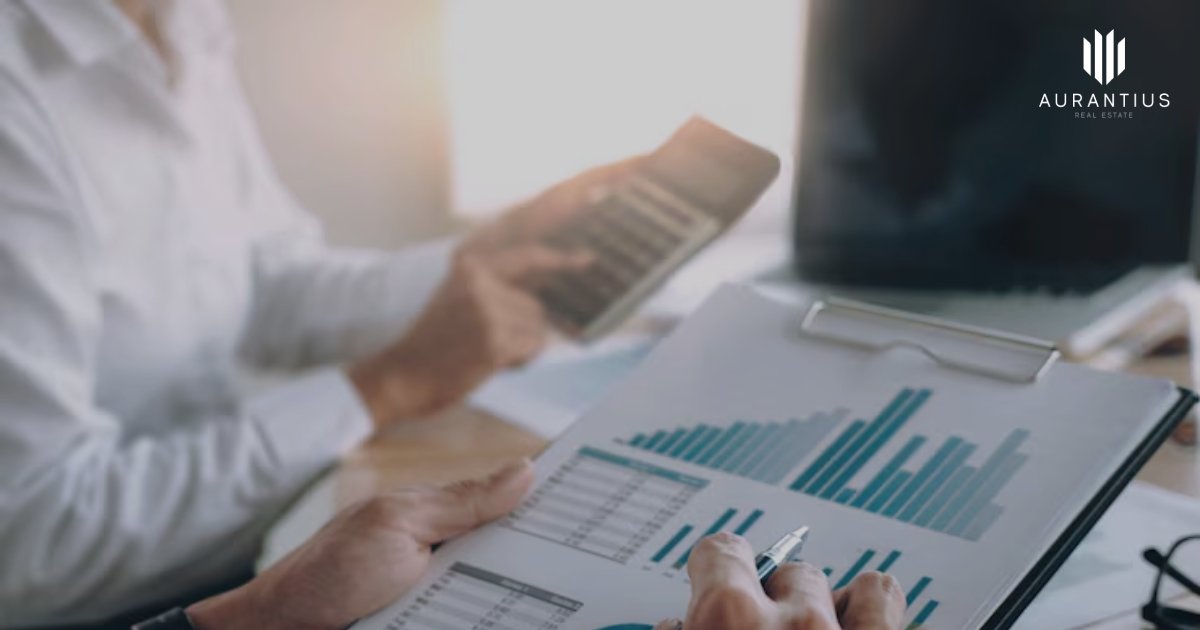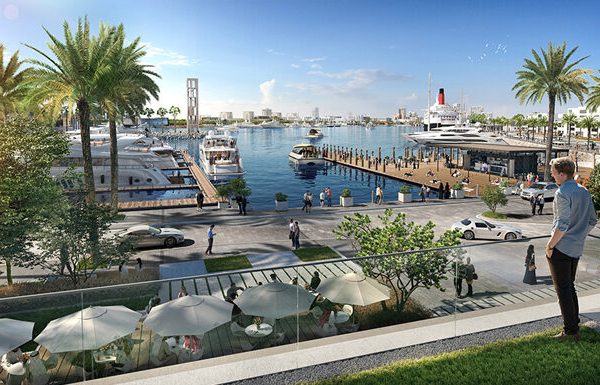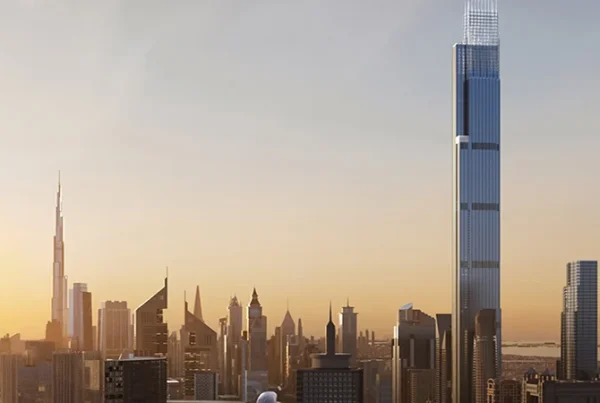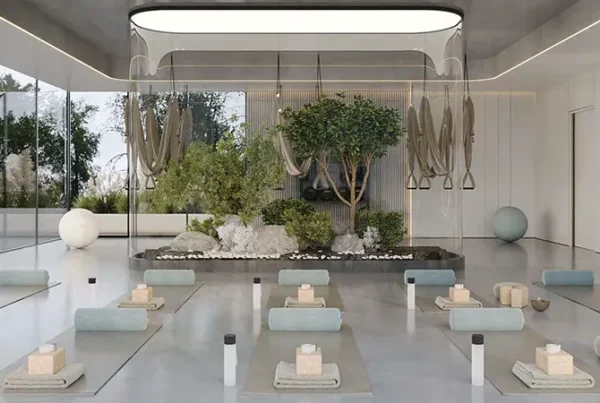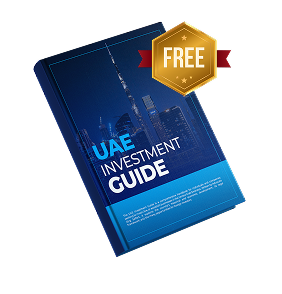Dubai Real Estate 2025: Record Momentum, Big Launches, and What Investors Should Watch
Dubai’s property market has carried its record-breaking 2024 momentum straight into 2025, with new launches, strong off-plan demand, and sustained investor confidence defining the year so far. The second quarter alone set a fresh high watermark for total sales value, while villas continued to outpace apartments on annual price growth. Policy support, infrastructure expansion, and the city’s established status as a global wealth hub are reinforcing a cycle where demand consistently meets (and often races ahead of) supply.
Headline Metrics: Why 2025 Still Looks Bullish
Dubai posted an all-time Q2 sales value of about AED 184.3 billion (≈USD 50.2 billion), up roughly 49% year on year. Off-plan remained the star performer, accounting for an estimated 57% of transactions in the quarter—clear evidence that buyers are comfortable committing early when product, payment plans, and locations align. On pricing, the ValuStrat Price Index showed villas leading gains (≈31% annual increase), reflecting limited prime stock, lifestyle-driven demand, and the appeal of family-oriented, master-planned communities.
Policy continues to provide tailwinds. Evolving Golden Visa criteria, the Expo City Dubai legacy framework, and the long-range Dubai 2040 Master Plan have strengthened global confidence. Together, they encourage end-users and international investors to treat Dubai as a long-term base—supporting depth across both sales and rental markets.
Launch Highlights: Lifestyle-Centric, Amenity-Rich, and Master-Planned
DAMAC Islands 2. Building on a rapid sell-out of Phase 1, DAMAC’s phase-two release extends the island-themed living concept with resort-style amenities, swimmable lagoons, and family-friendly leisure programming. The Seychelles and Hawaii clusters headline the drop, with luxury villas and townhouses aimed at buyers seeking a coastal aesthetic without sacrificing urban access. Explore developer track records here: DAMAC.
Expo Valley Views (Expo City Dubai). Expo City’s next neighbourhood chapter focuses on wellness and connected low-rise living. Expect one- to three-bedroom apartments emphasizing green links, shaded walkways, water features, and proximity to education and culture. For location context, see Expo City Dubai.
Other notable 2025 movements. While “IL VENTO” is not a prominent 2025 headliner, several substantive schemes continue to shape demand:
• DAMAC Riverside—community-scale living with one- and two-bedroom apartments aligned to mid-market buyers and investors.
• The Oasis by Emaar—an ultra-luxury, water-fronted master community with generous green space allocations and mansion-grade product. Developer profile: Emaar.
• Ghaf Woods (Majid Al Futtaim)—a forest-inspired concept targeting thermal comfort, shade, and micro-climate benefits for year-round liveability.
• Vela Viento, Dorchester Collection (OMNIYAT)—super-prime residences in Business Bay with hotel-grade servicing and skyline views.
Demand Drivers: Why Off-Plan Keeps Winning
Three forces underpin off-plan dominance in 2025. First, payment flexibility—staggered plans and post-handover options reduce upfront strain. Second, product design—smarter layouts, branded servicing, and amenities curated around wellness, work-from-home readiness, and family needs. Third, location logic—master plans delivering schools, retail, healthcare, and mobility links from day one. These ingredients resonate with both end-users aiming to upgrade and global capital seeking durable rental yields and exit liquidity.
Where Investors Are Looking
Waterfront and central urban districts continue to headline the premium end of the market, with Dubai Marina, Downtown Dubai, and Palm Jumeirah anchoring global demand. On the mid-market side, integrated communities in Dubai South, JVC, and emerging city-edge corridors provide yield-friendly entry points with improving connectivity and an expanding amenity base.
Risks and Realities: Moderation, Not a Meltdown
With a thick project pipeline slated for 2025-2026, analysts expect a moderation of price growth rather than a reversal. Delivery schedules, phased handovers, and historic construction lags tend to smooth supply peaks, while population growth, end-user depth, and the city’s wealth inflows help absorb new stock. The practical implication for buyers: competition remains strongest for well-located, well-amenitised launches from reputable developers, where resale liquidity and rental demand are most resilient.
How to Position in 2025
For investors, prioritize developer strength (escrow discipline, delivery track record), micro-location (walkability, school access, mobility), and product-market fit (layout efficiency, outdoor space, storage, and parking). For end-users planning a move in 12–24 months, high-quality off-plan may still offer the best value capture versus ready stock, particularly in communities with robust rental underpinnings and improving social infrastructure.
Bottom line: 2025 extends Dubai’s maturation story—broad-based demand, increasingly sophisticated product, and policy clarity that supports long-term residence and ownership. If you’re shortlisting projects or districts, start with the city’s proven performers and layer in new launches that add tangible lifestyle or yield utility. To compare communities and developers side-by-side, browse: Dubai locations and Developers.

